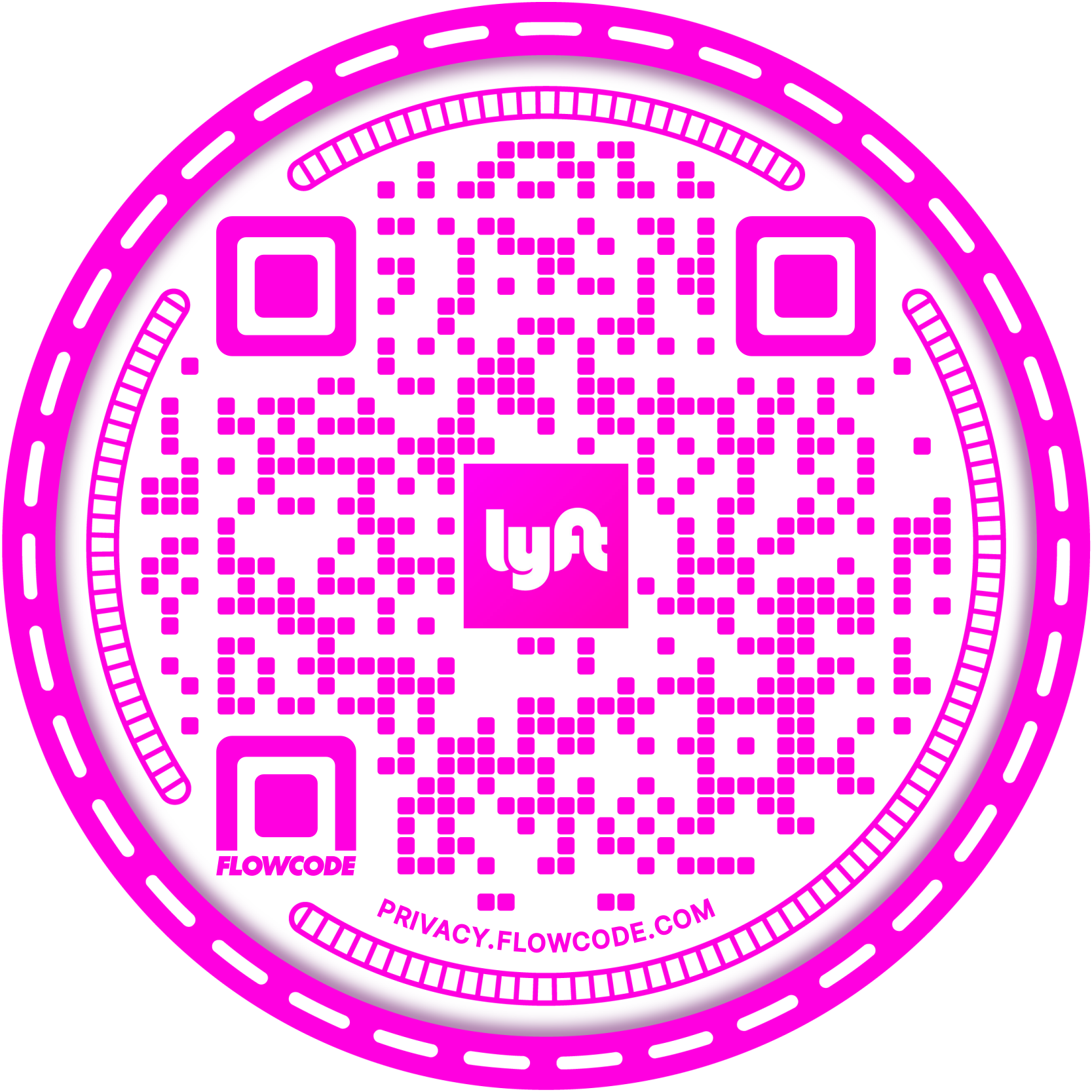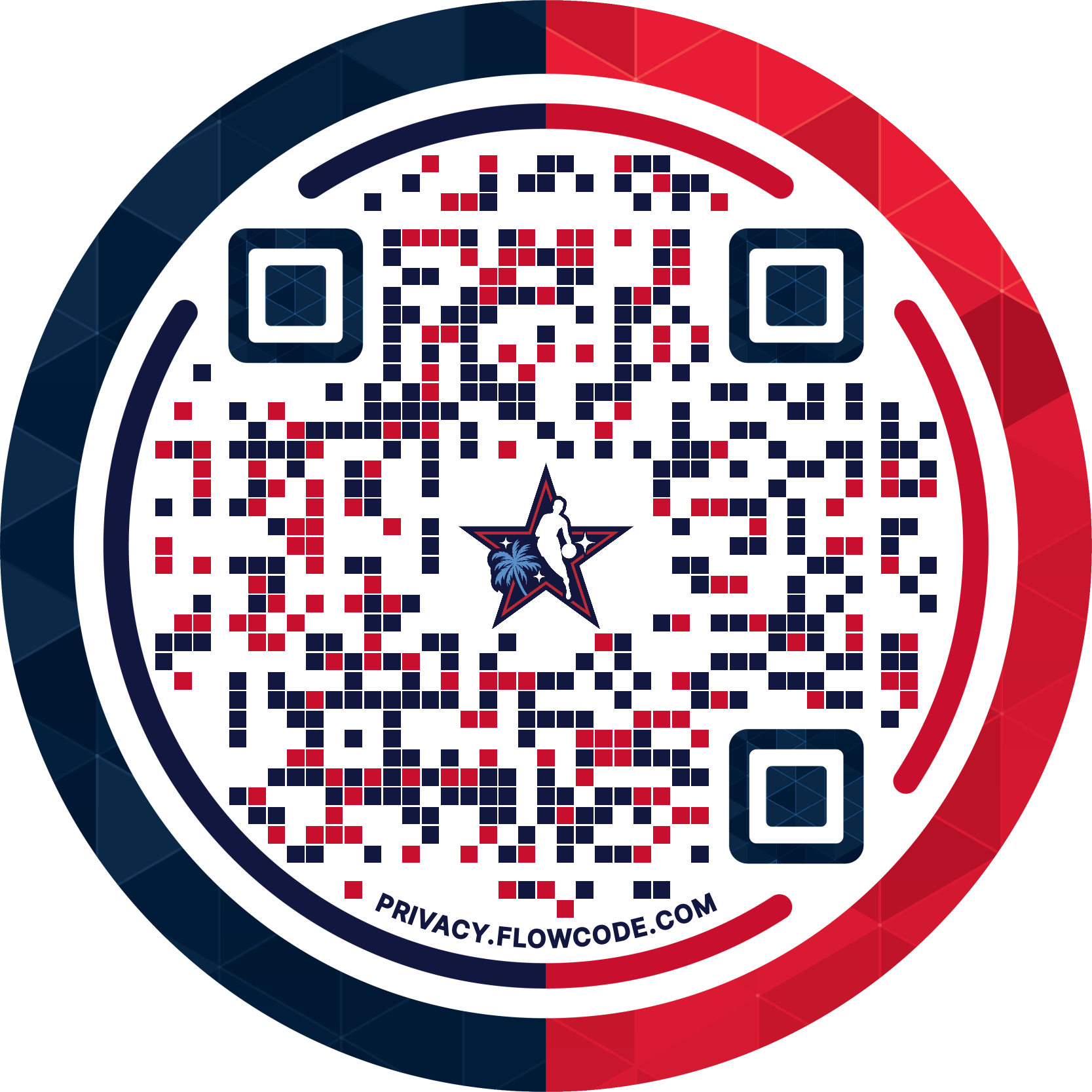How can QR codes improve patient identification?
QR codes can be used on wristbands or ID cards to store essential patient details such as name, age, medical history, and emergency contact. Scanning the QR code provides instant access to this information, improving accuracy and reducing errors during treatment.
Can QR codes simplify access to medical records?
Yes, QR codes can securely link to electronic health records (EHRs). Patients and healthcare providers can scan the code to quickly access critical medical information, ensuring efficient and informed decision-making.
How are QR codes used in patient education?
QR codes can be included on printed materials, posters, or prescription packaging to direct patients to instructional videos, medication guidelines, or post-treatment care resources, enhancing understanding and compliance.
What role do QR codes play in health screening?
Hospitals and clinics can use Flowcode to streamline health screening processes. Patients can scan a QR code to fill out health declaration forms, book appointments, or view test results securely and conveniently.
How can medical practices use QR codes for communication?
Medical practices can leverage QR codes on brochures, emails, or websites to link patients directly to telehealth consultations, appointment scheduling, or patient portals. This improves accessibility and enhances communication.
Are QR codes secure enough for healthcare applications?
Yes, Flowcode can be encrypted and password-protected to ensure secure data sharing. When integrated with healthcare systems, Flowcode complies with HIPAA and other regulations to protect sensitive patient information.










.png)




.png)

.png)






.png)


.png)
.png)
.png)

.png)

%20copy%203.png)







.png)






.png)




.png)

.png)






.png)


.png)
.png)
.png)

.png)

%20copy%203.png)







.png)






.png)




.png)

.png)






.png)


.png)
.png)
.png)

.png)

%20copy%203.png)







.png)










